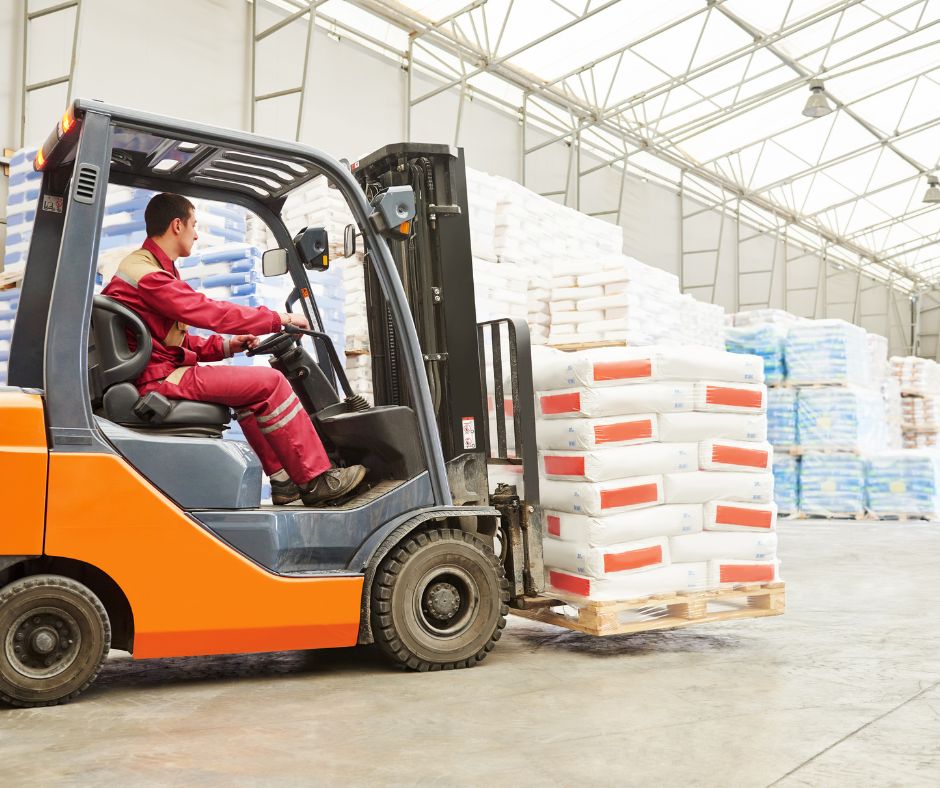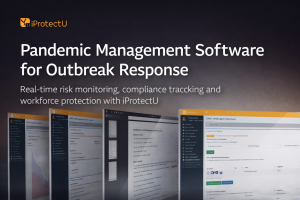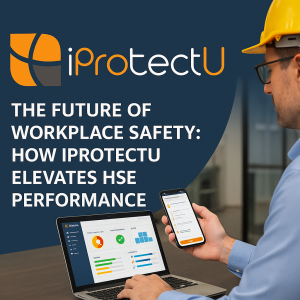The Risks of Uncontrolled Intermingling
When vehicles and pedestrians operate without adequate separation, the potential for accidents increases dramatically. The size and weight of vehicles, coupled with the speed at which they can operate, pose a significant threat to pedestrians. Collisions can result in severe injuries or even death, particularly for vulnerable groups such as children or elderly individuals.
Beyond the immediate risk of bodily harm, uncontrolled intermingling can also lead to operational inefficiencies and productivity losses. Pedestrians may be forced to detour through hazardous areas, disrupting their workflow and increasing their risk of injury. Similarly, vehicles may experience delays and obstructions, affecting their ability to transport goods and materials effectively.
Solutions for Effective Vehicle and Pedestrian Separation
Access Control: Regulating access points to areas where vehicle traffic is prevalent can further enhance safety. Gates, barriers, or checkpoints can be used to control pedestrian entry and ensure that only authorised personnel are present in hazardous zones. Inform visitors about site safety policies and procedures before they are allowed into areas where vehicles work.
Physical Barriers: Installing physical barriers, such as guardrails, fences, or bollards, can be used to segregate vehicle and pedestrian traffic. This creates a clear distinction between the two modes of movement, preventing pedestrians from entering designated vehicle zones and reducing the likelihood of collisions.
Designated Traffic Routes: Clearly defined traffic routes for vehicles and pedestrians should be established. These routes should be marked with signage and pavement markings to ensure visibility and adherence. By ensuring vehicles and pedestrians are kept on separate paths, the risk of interaction is minimised.
Speed Limits: Imposing speed limits for vehicles operating within the workplace is imperative to reduce the severity of potential collisions. Lower speed limits provide drivers with more time to react in unexpected situations and minimise the impact of an accident should it occur.
Training and Awareness: Providing training to both vehicle operators and pedestrians is vital for reinforcing safety protocols. Employees should be trained on proper traffic rules, hazard recognition, and emergency procedures. Safety campaigns and reminders can further promote awareness of vehicle and pedestrian interaction risks.
The Benefits of Effective Separation
- Enhanced Safety for all employees
- Improved Productivity due to the reduction of disruptions and delays
- Reduced Liability and protection from costly lawsuits
- Positive Workplace Culture
The potential for collisions, injuries, and even fatalities highlights the importance of putting effective vehicle and pedestrian separation measures into practice. By establishing clear distinctions between the two modes of movement, organisations can create a safer and more efficient work environment.








